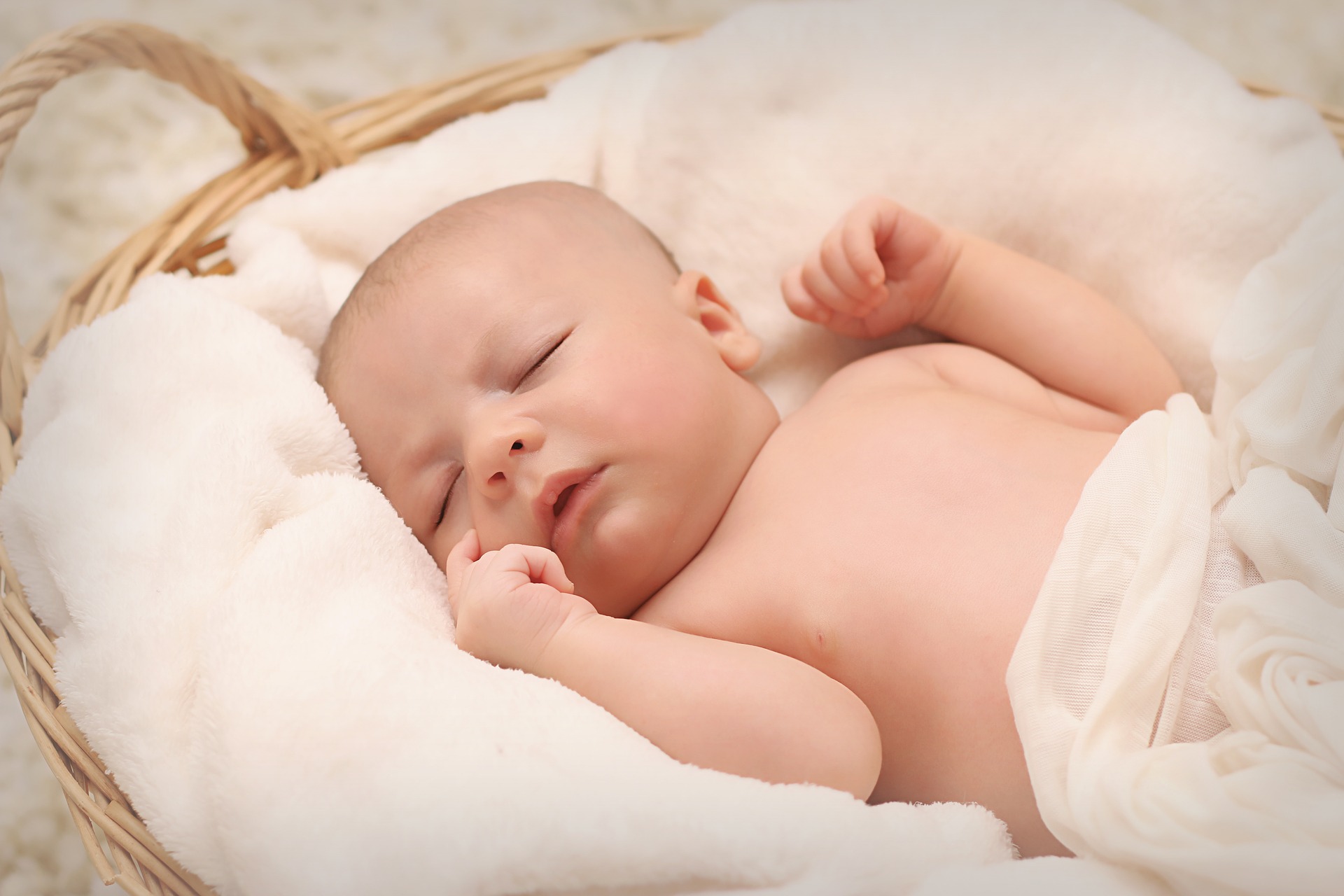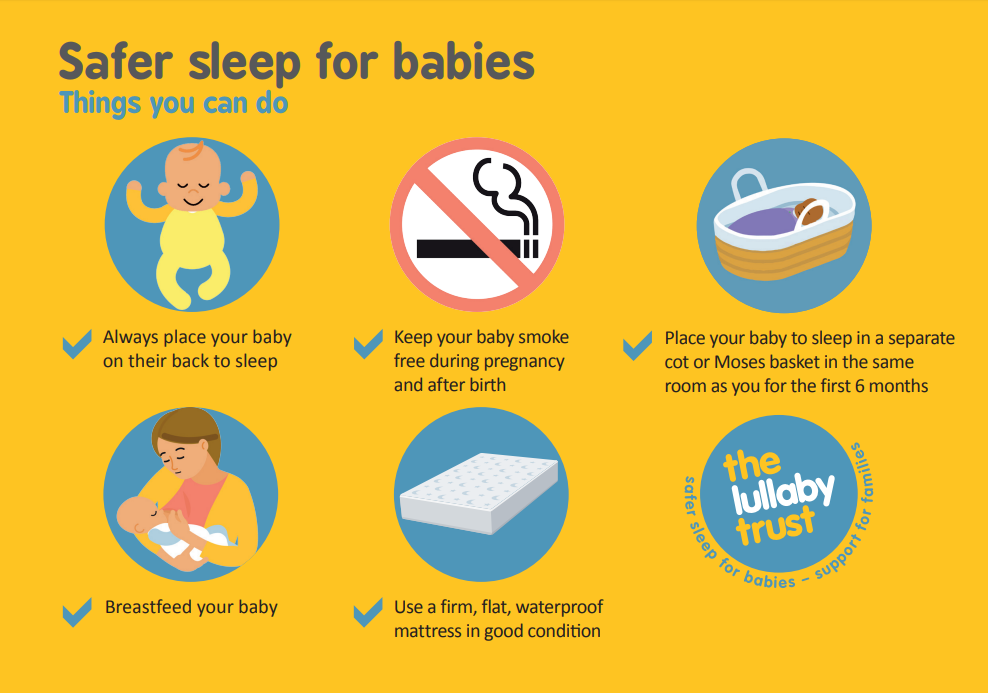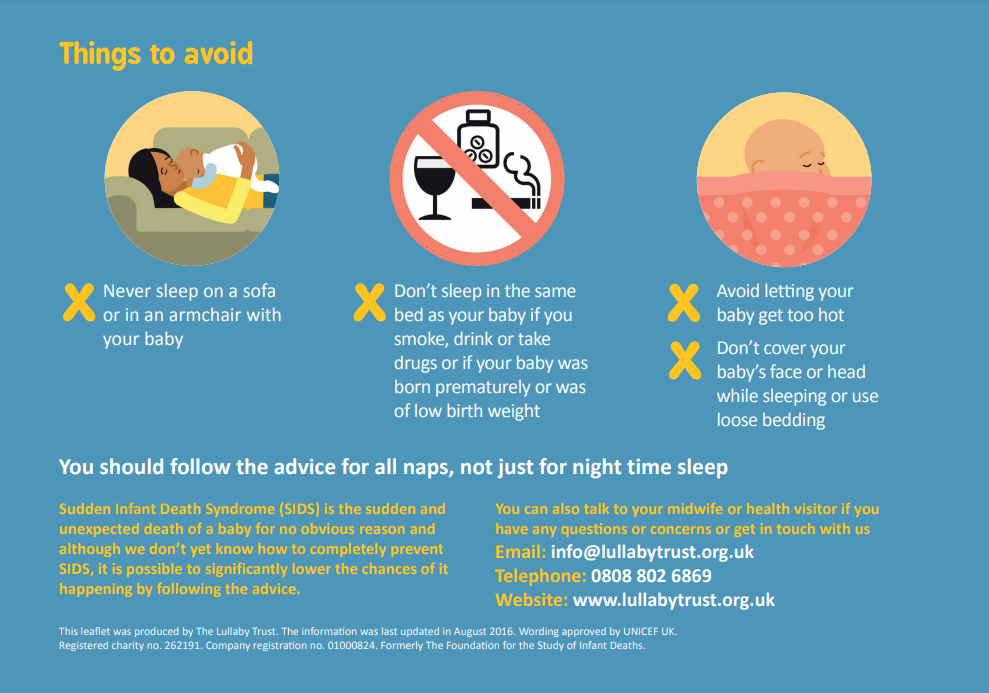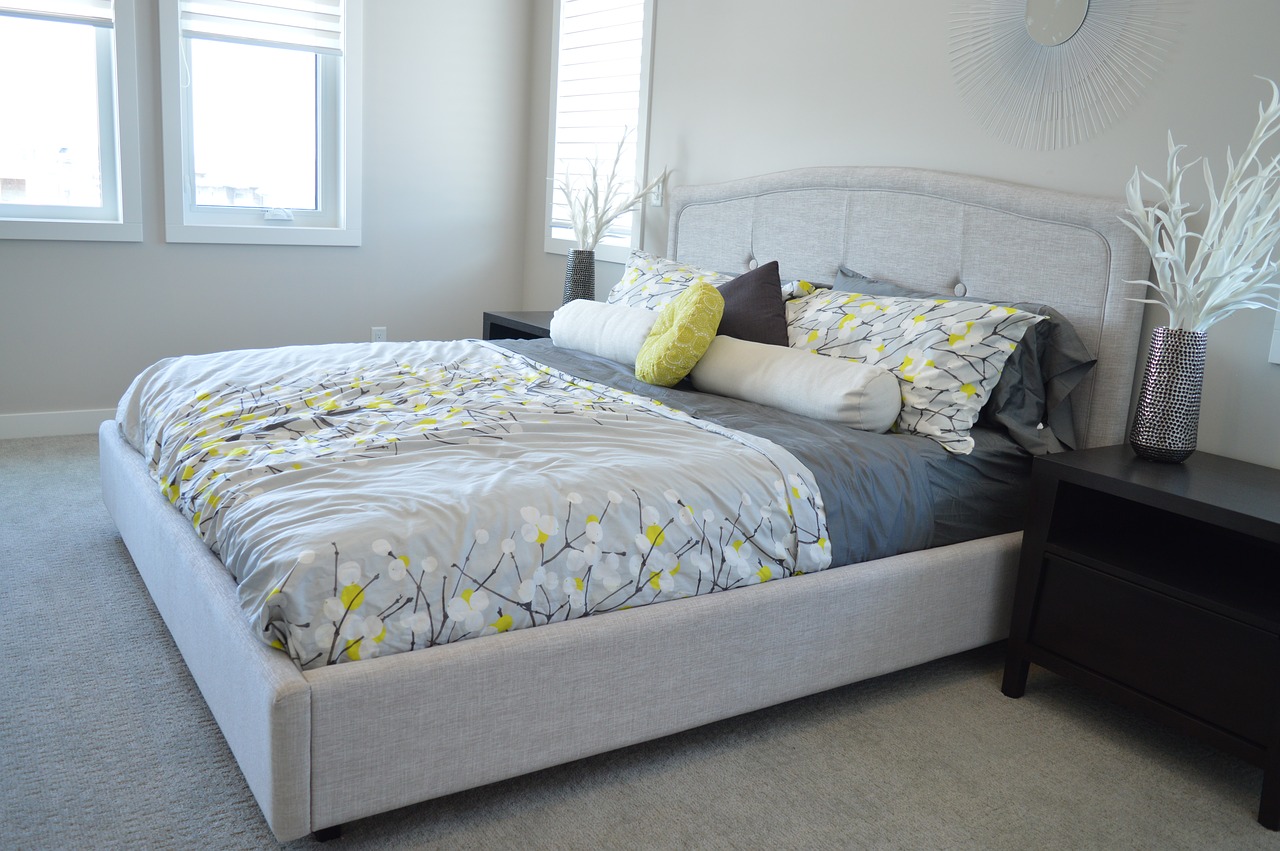
Wimbledon 2020 Cancelled
It is almost that time of the year when people would go watch a sporting

SIDS, also referred to as cot death, is defined by the NHS as the unexpected and unexplained death, usually during sleep, of a supposedly healthy baby. Generally, SIDS victims are babies aged 6 months and below. In infant deaths, when there is no other cause to be concluded, SIDS is decided to be the cause of death. However, since 1991, when people began to actively spread awareness about SIDS and how it can be prevented, fewer infant deaths were caused by SIDS. Still, more than 200 babies in the UK die because of SIDS annually.
Doctors and researchers cannot yet assert with certainty what exactly causes SIDS, but they concur that it is caused by a composite of various elements. To illustrate, SIDS seems to take place at a particular stage of development. It usually involves infants who are defenseless to certain environmental strains, such as minor illness, co-sleeping, tangled bedding, or breathing obstructions. The infants become more vulnerable if they were born prematurely and had a low birth weight. So far, these are the causes that have been already identified, while other possible reasons have not yet been pinpointed. Infants who cannot cope with these stresses, such as regulating their breathing, heart rate and temperature, may succumb to SIDS.
Parents play an important role in minimizing the danger from SIDS by practicing the following:
Unless your pediatrician has advised otherwise, usually due to a medical condition, your babies should be sleeping on their backs and not on their stomachs or sides.
It can prove trying to keep babies sleeping on their backs when they can already roll over and discover that sleeping on their stomachs is more comfortable. Just to be safe from SIDS, you can gently turn them so that they will again lie on their backs and then monitor if the change in position happened by chance or is a favored position. If it was by choice, allow your child to have more time on their stomachs when they are awake so they can enjoy it and be more comfortable on their backs during sleep. They should be on their stomachs in part anyway, as this aids their development. But be more alert while your child is in this position because even if SIDS generally happens during sleep, it can also occur during waking hours.
The most secure sleeping area for your baby up to the first 6 months is in a separate cot or Moses basket. It should be moved to be in the same room as you, even during day naps. You are putting your baby at risk for SIDS if you sleep with your baby even if its just for a nap on the sofa or an armchair. In England and Wales, one-sixth of babies who died of SIDS were found sleeping with an adult on a sofa. If you are breastfeeding, be extra careful not to fall asleep while your baby is feeding. It is best to put your baby down in a safe place before you go to sleep.
As a reference for sleep comfort and safety, you can print out the Back to Sleep Fact Sheet from Lullabye Trust.

It can be very dangerous for your baby if you share a bed with them, especially so if:
1. someone sleeping in the bed
2. your baby
If you still decide, though, to co-sleep with your baby, ensure that the sleeping area does not have loose bedding that can entangle your baby and prevent them from breathing or cause them to overheat. To further minimize the danger of suffocation, it is advisable to use breathable cloth, such as bamboo sheets and pillowcases.
Use a flat, firm mattress for your baby to sleep on so that their head will not sink in and prevent them from breathing. Moreover, the mattress should be a perfect fit to their cot to prevent any folds or gaps that can be a cause for suffocation or injury, or disturb their comfortable sleep. When your baby becomes restless because they cannot sleep comfortably, they tend to find another sleeping position, which can put them at risk.
Choose bedding, including pillows and bumpers, for your baby that are flat and not bulky. Achieving sleep comfort for your baby is crucial, but just like loose bedding, bedding that is too soft or fluffy can be dangerous. Your baby’s bedding should be firmly tucked in, and your baby should lay down at the bottom of the cot. Then you can measure enough bedding or choose a well-fitted baby sleeping bag that is enough to cover them up only to their shoulders and keep them from moving to a position where the bedding can cover their faces. Also, never leave toys inside the cot because these, too can cause suffocation.
To assist you in making the sleeping area of your baby safe and comfortable, you can download and print the Mattress and Bedding Fact Sheet.

Another important factor for sleep comfort, quality, and safety is temperature. The ideal room temperature for babies is about 16-20⁰C – a thermometer will tell you the temperature of a room. But not all babies are the same, so some may be hotter while sleeping than others. Inspect your baby’s tummy or the back of their neck to see if it feels hot or sweaty, then regulate the temperature of the room or add or remove a layer of bedding as needed. This is to make sure that they are not too hot, which can raise the danger of SIDS.
Do take note that babies who are ill should not be wrapped up too tightly or with thick covering; instead, they should be allowed to feel cool. You should not put hats on their heads or cover them with thick bedding because these can also be dangerous. If the room temperature is too cold, adjust it or let your babies wear warm clothing or sleep them in a fitted sleeping bag for infants. The perfect bedding that also regulates their temperature all the time is thermo-regulating bamboo material.
For easy reference, download and print this Safer Sleep guide. For more information, visit the Lullaby Trust.

It is almost that time of the year when people would go watch a sporting

Queen Elizabeth II has two birthdays to celebrate: her actual birthday on 21 April and

The first of May is celebrated by many countries around the world as Labour Day